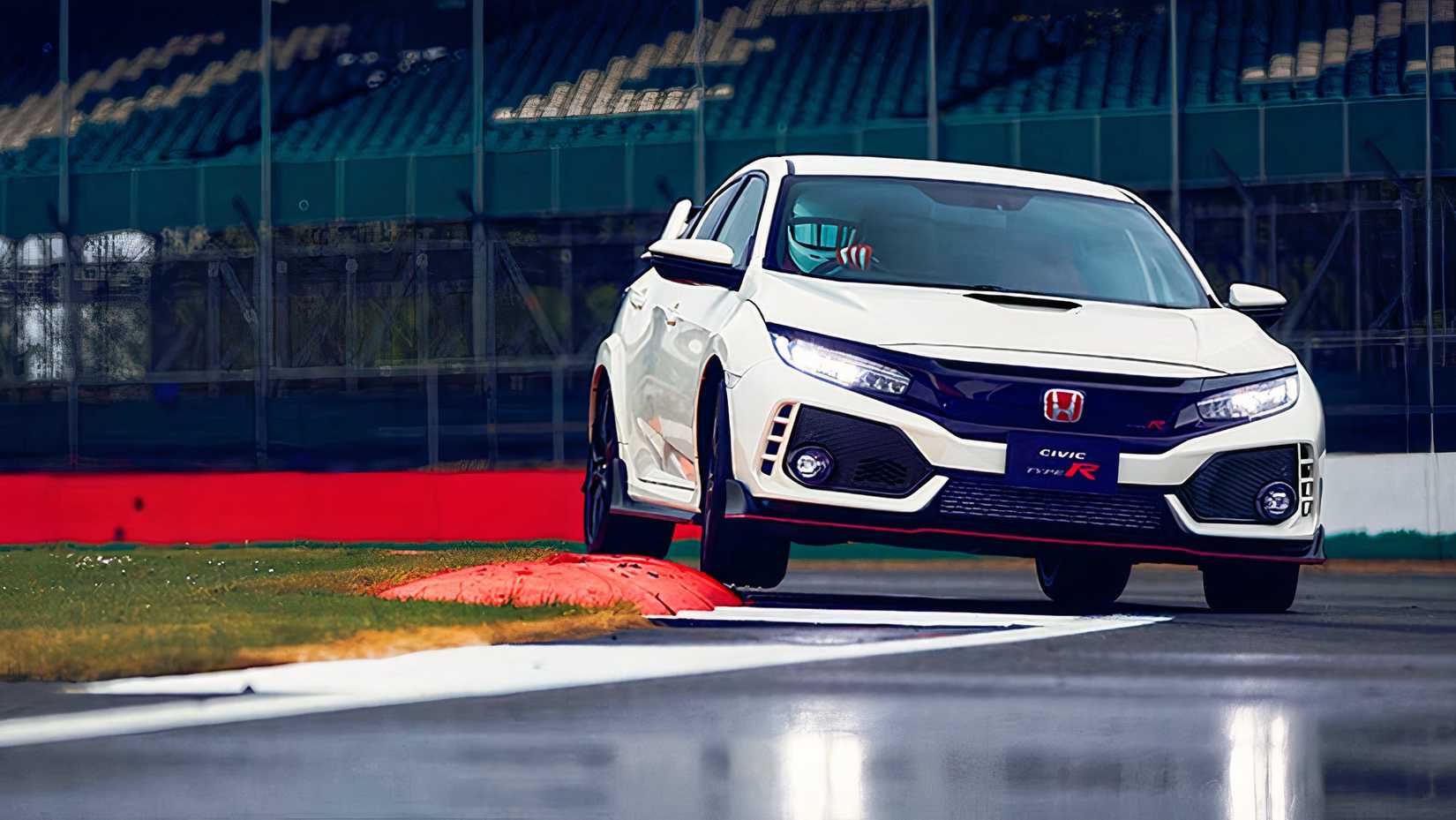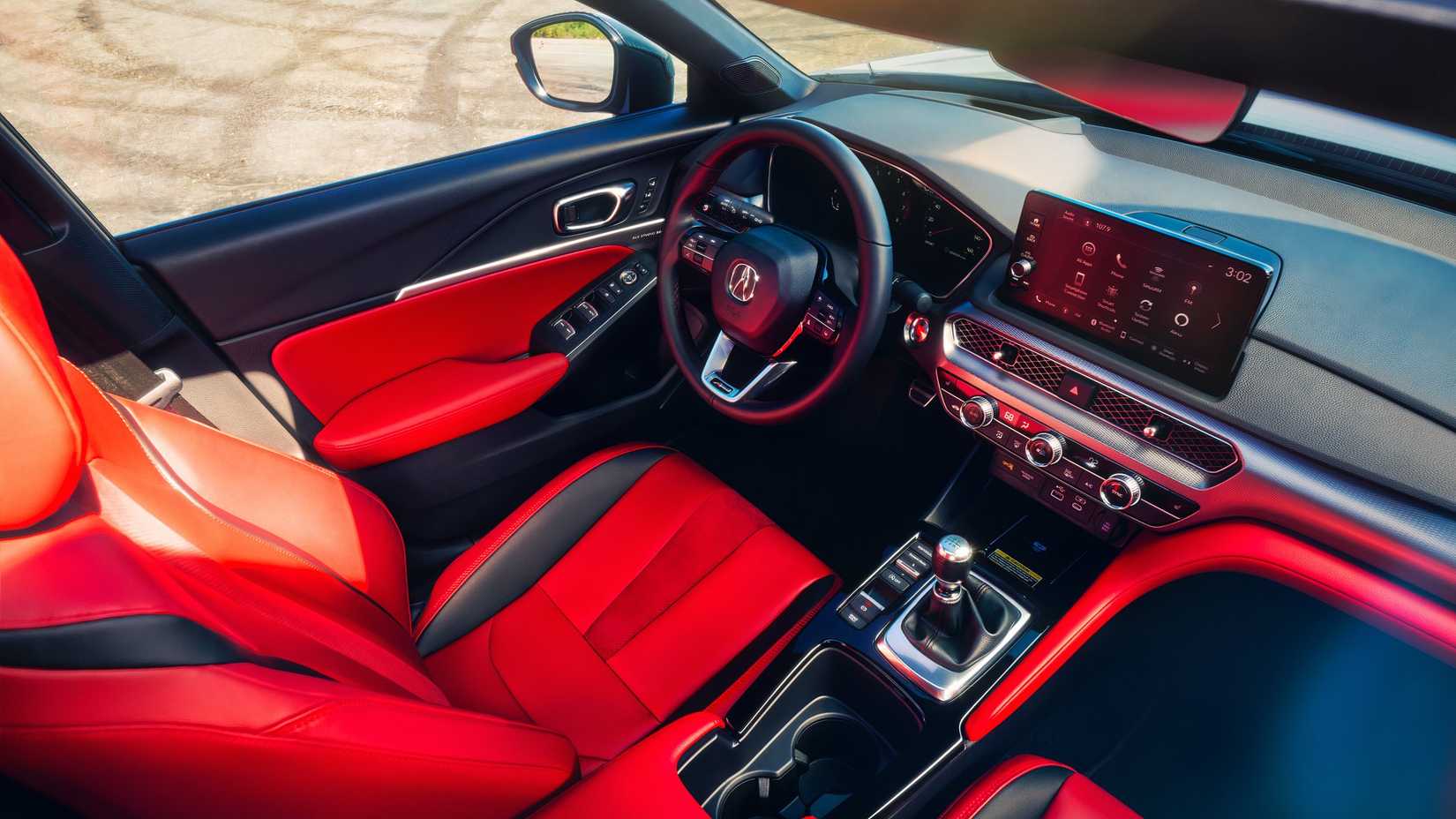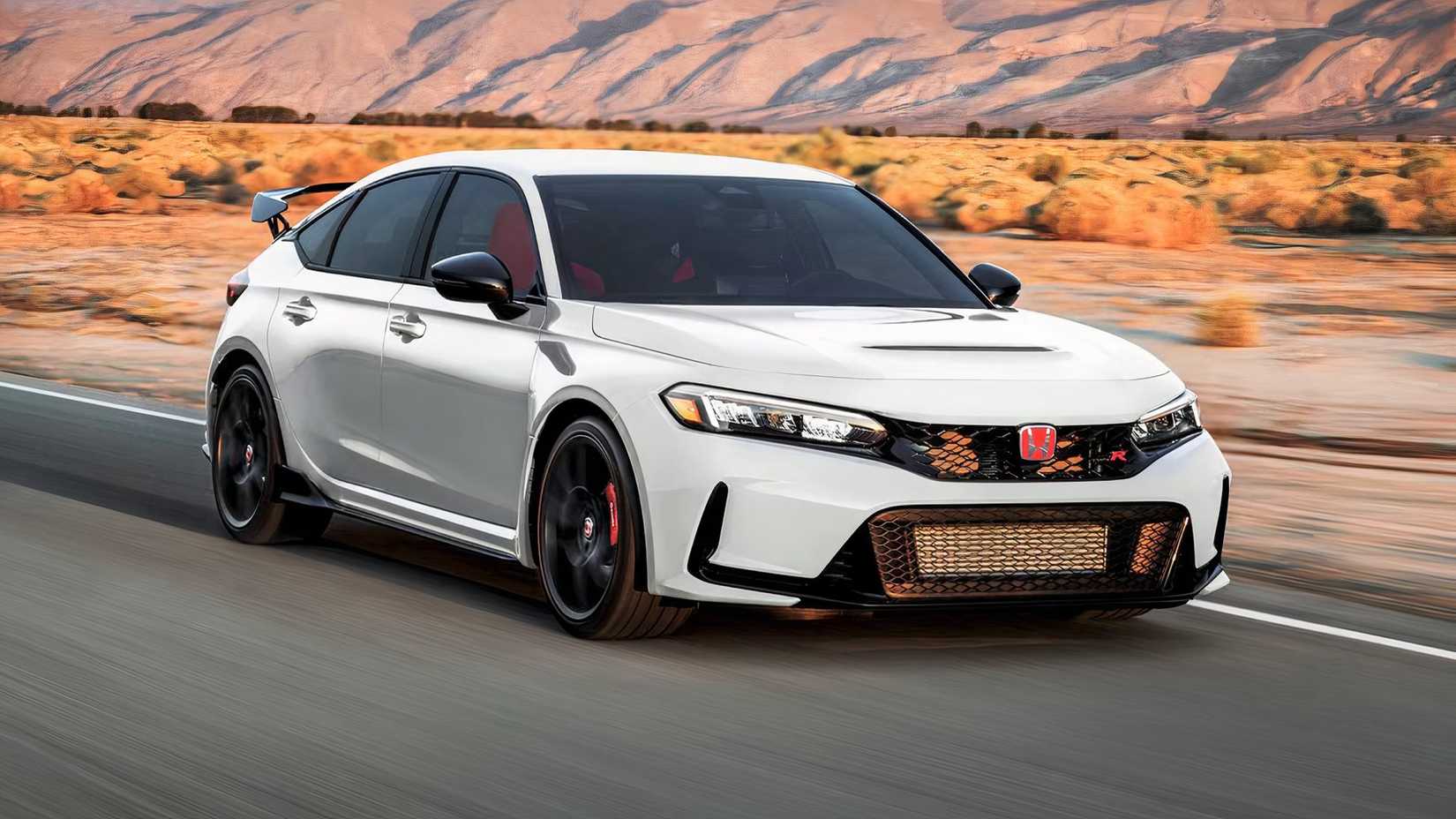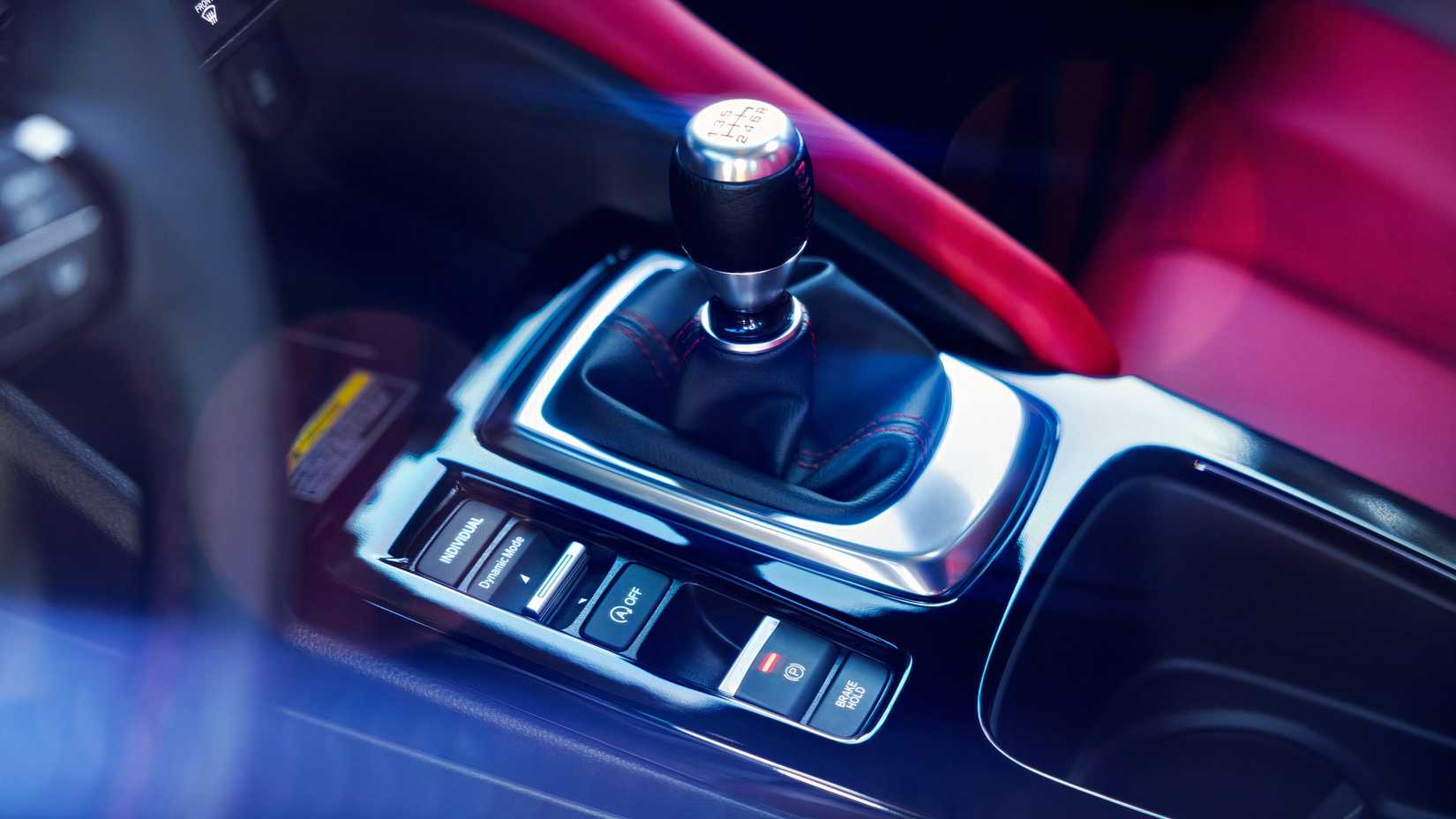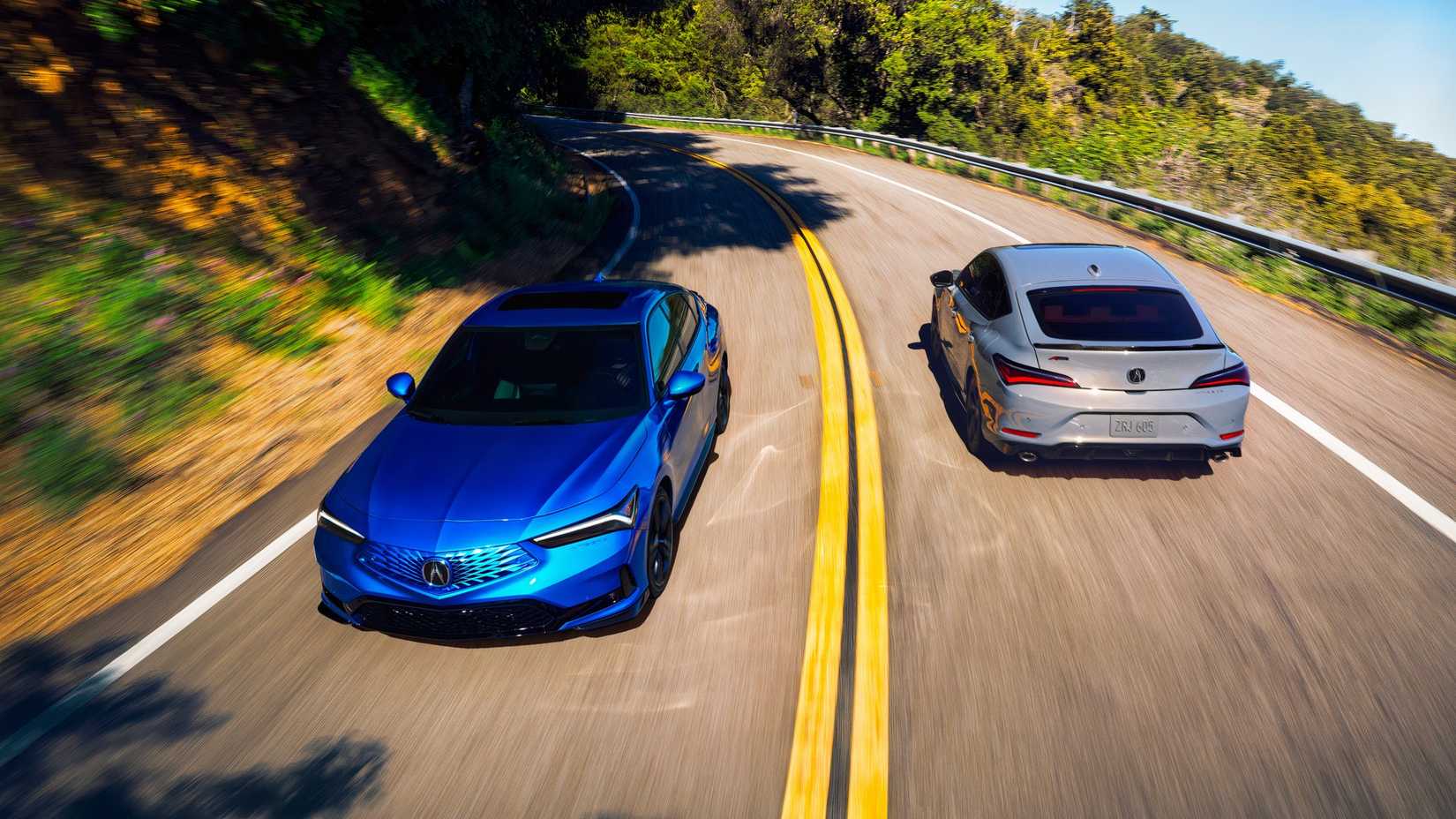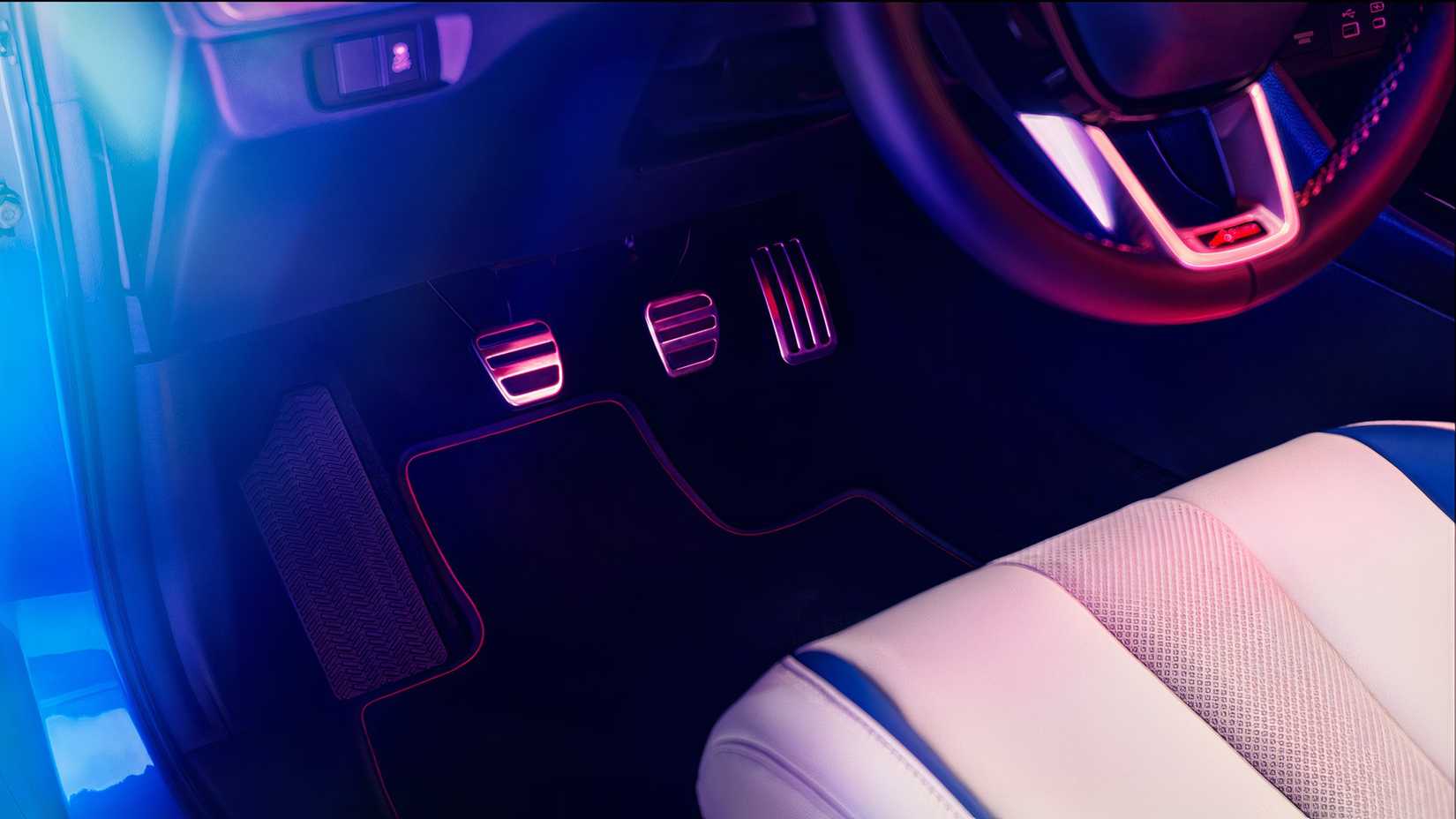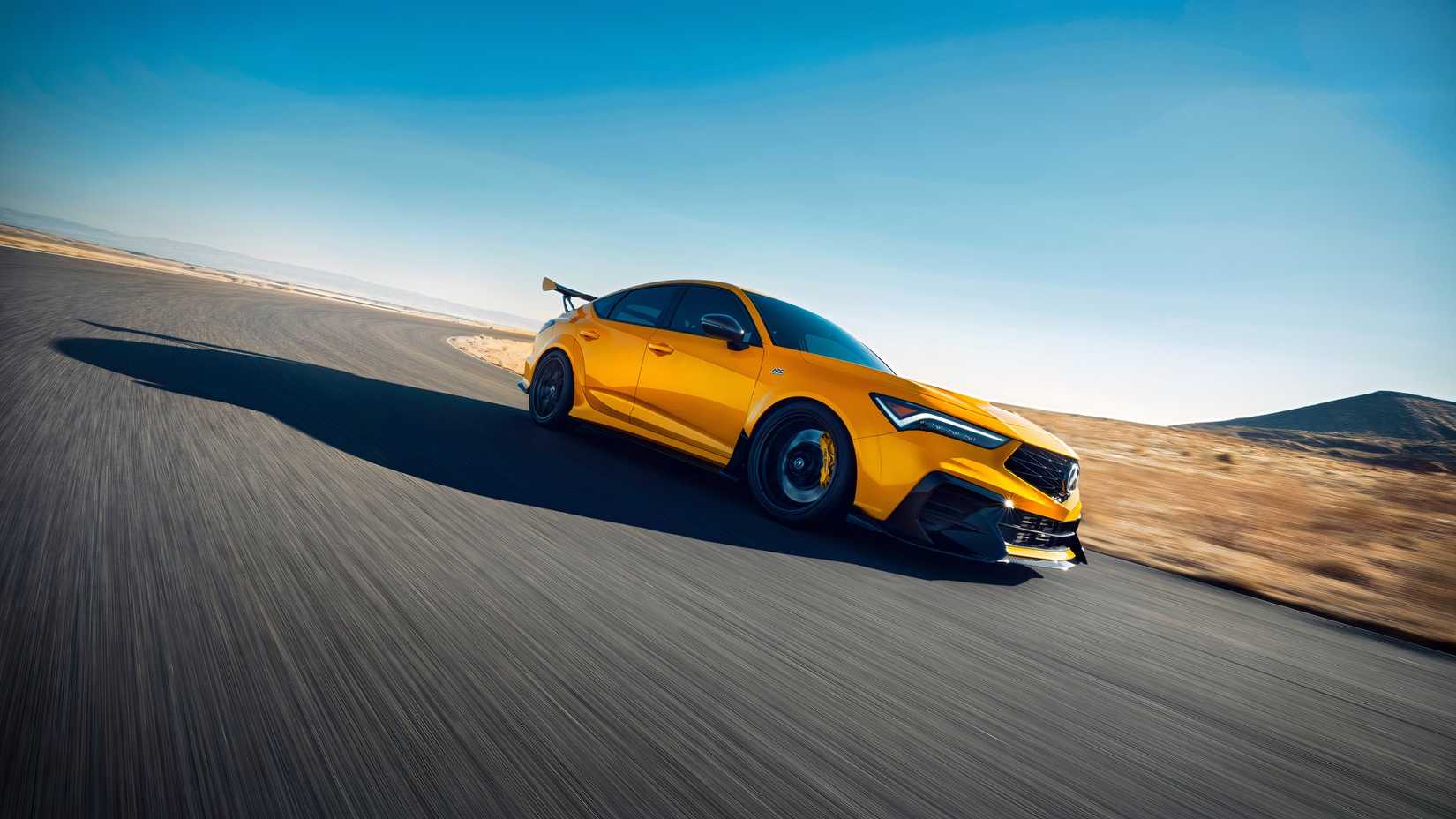I’ve recently reviewed the Acura Integra A-Spec. It’s an enjoyable, nimble, and reasonably civilized sport hatchback. And it’s not too expensive. Also, I love the six-speed manual, and I’m hardly alone on the TopSpeed crew for praising this gearbox.
But, I wanted to know more than you can find in the owner’s manual, or even from Acura’s press site. So I asked Acura PR to chase down an engineer or two in Japan, to see if they could drill down on three specific “extras” that come on the Integra A-Spec. And a few of these features appear in the Integra Type S, Honda Civic Si, and Civic Type R, too, albeit with slight variations. This is what I got back in reply. It’s pretty trick stuff, and fun bar-room knowledge, even if you don’t own one of these cars.
Rev-Matched Downshifts
This part didn’t come from Acura/Honda officials, but I wanted to tick this box anyway, because you’re probably curious about how this works. First, if you’re new to the manual-shift world, welcome! Second, what the heck is a rev-matched downshift? Well, unlike an automatic transmission, which does all the engine-speed matching magic for you, a manual gearshift car, depending on the age, has synchros in the transmission. (Older gearboxes don’t, and we’ll leave that lesson for another class.)
These work as a kind of intermediary between the engine and the gear you’re engaging. Mind you, this matters more for downshifts, because when you flick from a larger gear, like 4th, to a smaller one, like 3rd, that smaller gear has to spin at a faster rate (higher RPM) to maintain your current speed. The synchros smooth the transition from the engine’s input shaft to the chosen gear. These work for both up- and downshifts, but synchros are extra critical for the latter. Still, you’re putting a lot of stress on the transmission and the entire powertrain when you jam into a gear that forces the engine to jump to a far higher RPM.
Honda/Acura’s Rev Match Control System
Honda first debuted its Rev Match Control System (RMCS) on the 2017 Civic Type R, and it’s very cool. It works by monitoring the position of the gear lever. When you reach for a shift, as the gear lever passes through neutral and into the next slot, RMCS is reading for the gear that you’re shifting into. If you’re downshifting, the system precisely engages the throttle ahead of the gear swap, to speed it up (a.k.a., “blip” the throttle). And Honda says this is more precise (and quicker) than human beings can double-clutch to achieve the same effect, especially for broader downshifts, like from 5th to 2nd gear, where hitting the precise, higher RPM with your right foot is extra difficult, especially if you’re trying to also brake ahead of a tight corner.
Sport Mode
In the Acura Integra A-Spec and Honda Civic Si and Type R, there’s a mode switch that lets you firm or soften the suspension, and tighten or relax the steering feel. But what’s really happening when you hit Sport Mode (or Sport+ in the Integra Type S and R Mode in the Type R)? Honda officials explained that the dampers are electromechanical. Essentially, the switch from Comfort to Sport and beyond is closing down the fluid flow inside the shock absorber. Honda says, “The damping force…adjusts the valves inside the dampers to either increase damping force, by decreasing oil flow from one side of the piston to the other, or to decrease damping force (increasing oil flow).'”
In addition, adaptive dampers are constantly monitoring the vehicle’s motion, and automatically adjusting up to 500 times a second.
Steering Assist
Under normal conditions, the power steering system works like it does in any other car. A motor attached to the steering gearbox provides assistance. But Honda/Acura reduces the amount of assistance when you switch from Comfort to Sport. In some cars, the additional “weight” to the effort doesn’t result in any additional feel. I’ll add that in the Integra A-Spec, feel is relatively light in the easiest setting, and nicely weighted in Sport. Because the Integra A-Spec also gets an Individual mode, you can choose the Sport setting for steering, but, for instance, keep the suspension softer. That was my choice for highway travel, because I like the less boosted assist, but don’t like potholes spilling my mug of coffee.
Start/Stop
While this is less about sporty driving and more about fuel economy when you’re idling at a forever light—or want the relief of clutch-work—the Idle Stop system in these cars is pretty brilliant, because normally this is only tech you get in auto-box cars.
With the Honda Civics and Acura Integras, as long as the engine is warm, and you’re not pulling too much power from the A/C or cabin heating, Idle Stop can operate. The way to make it work is you come to a stop, keep your right foot on the brake, depress the clutch with your left foot, shift out of gear. and release the clutch. That’s it. The engine shuts off, and you just have to keep your hoof on the brake. As soon as you depress the clutch again, the car will restart. This is also kinda great because start-stop ignitions in automatic transmission cars often restart if you look at them funny, seemingly randomly restarting even when you don’t want them to. Here, if you want the engine to wake up again, just depress the clutch.
TopSpeed’s Take
Acura may eventually get an even mightier Integra. At Monterey Car Week in August 2025, the carmaker showed off the Integra Type S HRC Prototype. They didn’t call that a “concept,” mind you, they called it a prototype. That’s a hotter, quicker, more buttoned-down Integra Type S, likely signaling a Type R companion on the Acura ledger. Clearly, the carmaker has the chops to do this right, and to keep a manual gearbox and adaptive suspension as part of the mix. We sure hope so. Acura, unlike, oh, other luxury marques, is soldiering on by offering great gearboxes, and innovative tech to keep driver engagement right where it should be, at 10/10ths.


